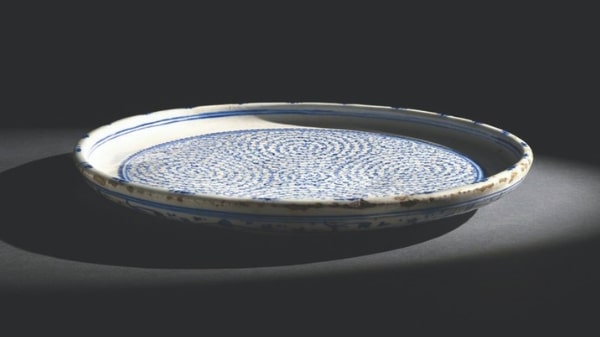A rare example of Iznik earthenware – ceramic items produced in 1475–1700 AD in what is now Turkey – a Golden Horn pottery dish no less, went under the hammer at the Sotheby’s Arts of the Islamic World auction early last month, the first item to be sold through such means in more than 30 years.

This particular bit of tableware purportedly dates back to around 1530, with its distinct look said to be down to the unique illustrative skills of the specially-trained court officials of the day. Even more remarkably, its distinctive cobalt blue spirals designs – featuring stems, flower-heads, floral vines and palmettes – remain nearly as vivid as they must have been when they were first rendered some 500 years ago.

An item sure to outshine any other in even the most salubrious ceramics cabinet, it last came up for auction back in 1989 and has languished in a private collection ever since. As for its Golden Horn (Tuğrakeş) classification, it is the categorisation for a group of ancient pottery fragments discovered over 120 years ago along a series of waterways off the southern shores of Istanbul.



